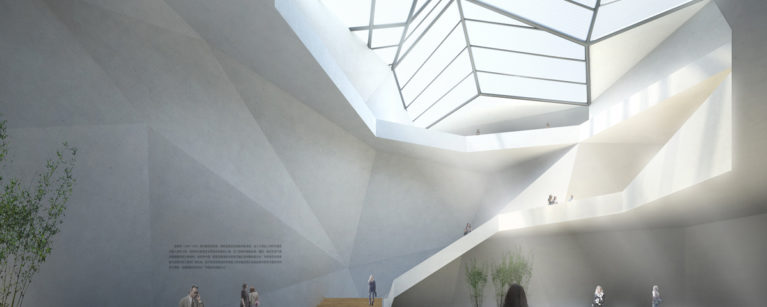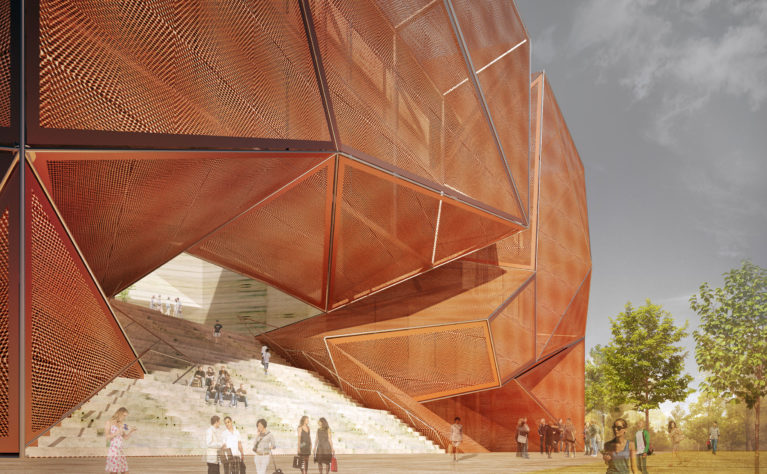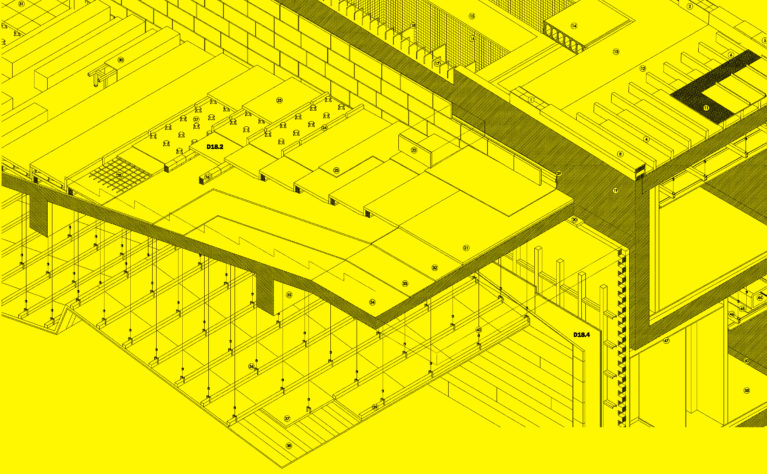
Among all comfort indicators to take into account when designing a space, the impact of noise is usually overlooked. Exposure to more than the recommended noise level can end up having adverse effects on a person's psychological and physiological health.
Human ears should be exposed to a maximum of 85 dbA (decibels) of noise for 8 hours a day, with a 10-hour recovery time at 70 dbA or lower for the rest. Loud levels of noise pollution can cause sleep disturbances, broken concentration, high stress, anxiety and even hypertension.
The contemporary lifestyle and the current urban fabric of our cities is a surround sound machine of its own. However, architecture can be designed to reduce the exposure to noise pollution and provide spaces where the sound becomes an element of comfort.
To consider an architecture against noise, we first have to understand the physical principles that govern the propagation of sound and understand how to isolate and arrange a space properly.
Sound reduction mainly refers to distancing the source of a sound or blocking it entirely. This strategy can be achieved with an adequate space planning, taking into account the use of the different zones, implementing mechanisms that function as a barrier and choosing the right materials to provide the mass required to reduce the impact of the sound waves.
Sound absorption is used to contain the echoes and reverberations of the sound.
This strategy provides adequate indoor comfort conditions and helps also reducing external noise pollution. Materials such as fabrics, porous suspended ceilings, micro-perforated panels or soundboards are efficient ways to soundproof interiors.
To evaluate acoustic solutions in our projects, we have incorporated a series of primary considerations in our working method.
We locate significant sources of noise during the initial site surveys.
We study building systems to make sure walls, windows and doors are designed to reduce the impact of noise, and when possible, we use landscape elements to create natural barriers.
We implement noise preventing design techniques during the space planning process.
We specify the finishes and materials that make up the interior design so that they serve to control the propagation of sound and improve the comfort conditions of the space.
Noise pollution and acoustic issues can be problematic and difficult to solve if they haven’t taken into account during the design process. As architects, we have a fundamental commitment to offer solutions that take into account this sensitive aspect of the spaces we design.



